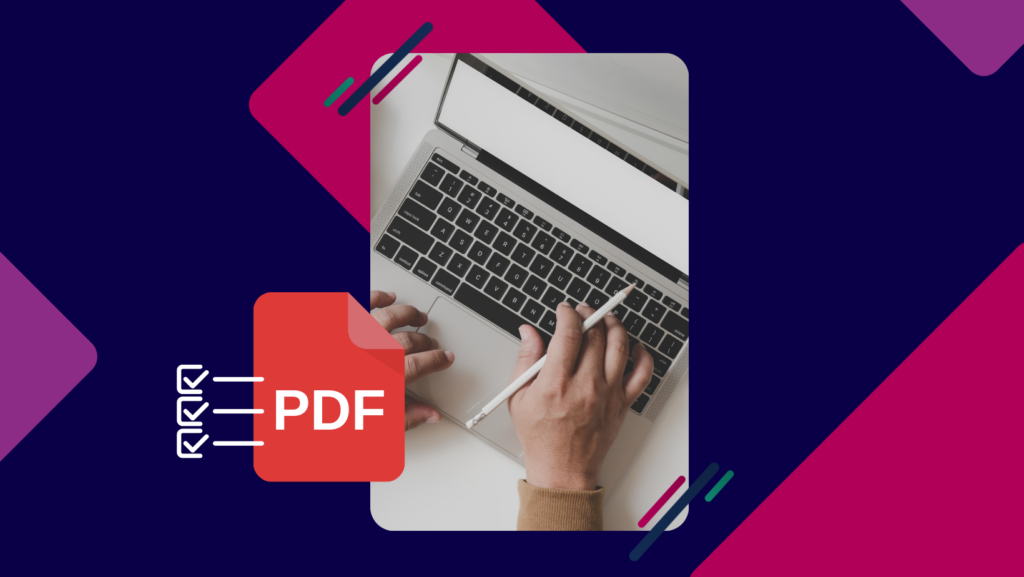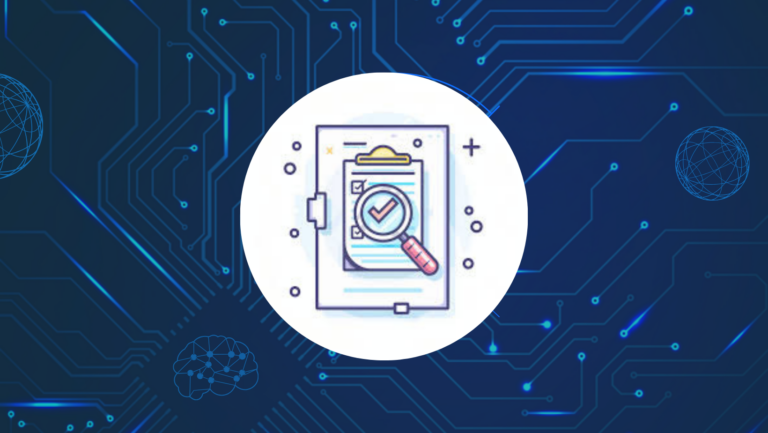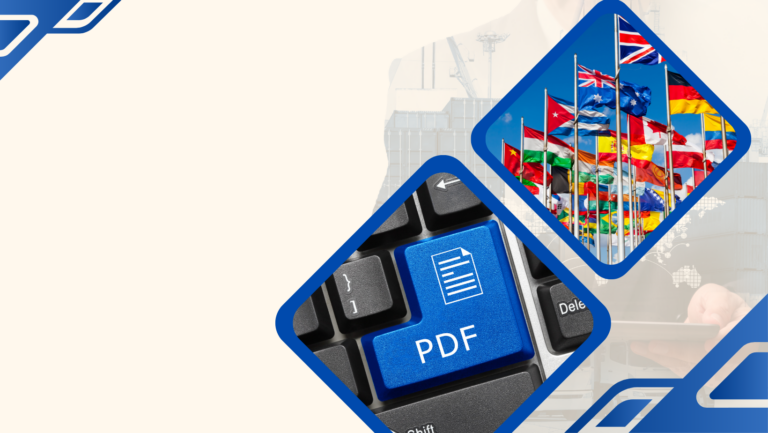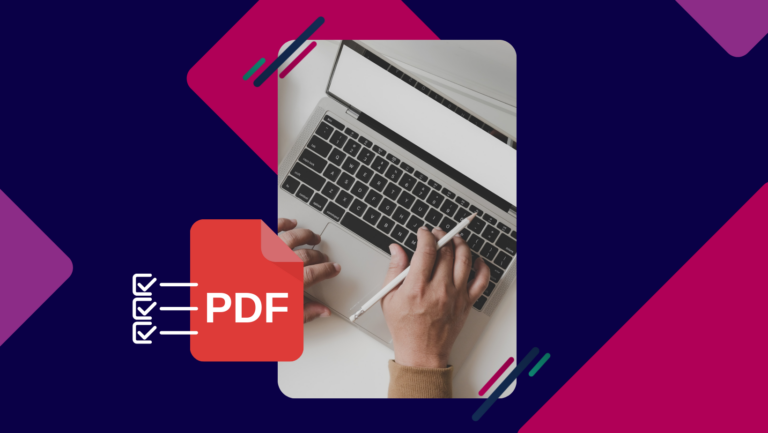Today, businesses and administrations are required to ensure the digital accessibility of their PDF documents—a legal obligation but also a necessity to guarantee social inclusion for all audiences. With this increasing demand, AI-based solutions offer to simplify and speed up this often complex process.
Two technologies stand out: AxessTag AI from DocAxess and Adobe Auto-Tag from Adobe.
But which solution should you choose? We have conducted a comprehensive comparative study to assist you in making a decision.
Why is the remediation of your PDFs essential?
An accessible PDF allows all individuals, including those with disabilities, to fully access the information it contains. This practice meets a legal requirement under the PDF/UA standard (ISO 14289-1), but it is also a powerful lever to enhance the inclusive and responsible image of your company (CSR).
Major challenge of PDF remediation and the rise of automated solutions
PDF remediation document implies structuring its content with tags to to provide semantic meaning and help its reading for assistive technologies used by people with disabilities. While some softwares, such as Microsoft Word or Adobe InDesign, can generate PDFs that are already partially accessible, the outcome often does not fully comply with accessibility standards, such as the PDF/UA standard (ISO 14289-1).
This manual compliance, especially with software like Acrobat Pro, can be lengthy and tedious, especially with an increasing volume of documents to process in reduced timelines. It is in this context that automated solutions, utilizing artificial intelligence, prove to be an effective response.

Overview of the solutions studied
AxessTag AI was initiated in 2020 by DocAxess, a pioneer for over 15 years in the field of digital accessibility. AxessTag AI automates up to 80% of the PDF remediation process, with strong efficiency on complex documents thanks to patented technology and the collaboration of researchers specialized in artificial intelligence.
Adobe Auto-Tag is Adobe’s cloud solution integrated within Acrobat. It analyzes the structure, layout, and content of the PDF to generate precise automated tagging, particularly suited to documents with simple or standardized layouts.
AxessTag AI and Adobe Auto-Tag: key results from the comparative study
Our study is based on a panel of 30 diverse documents (financial and communication)in order to compare the efficiency of both solutions in practical conditions.
Key findings:
- Data tables: AxessTag AI significantly stands out for its effectiveness on tables with merged cells, lists, and images, where Adobe Auto-Tag shows more difficulties.
- Title levels: Adobe Auto-Tag better identifies the tagging and provides a better hierarchy of title levels than AxessTag AI.
- Management of contents: AxessTag AI performs better in managing contents with both traditional and unique layouts, whereas Adobe Auto-Tag remains limited to traditional contents.
- Decorative elements (artifacts): AxessTag AI consistently detects decorative artifacts, particularly in voluminous documents, while Adobe Auto-Tag is less consistent in this management.
- Metadata: AxessTag AI automatically detects and assigns metadata, whereas Adobe Auto-Tag fails to fill this part. However, the relevance of the title remains perfectible.

Automated tagging: a promising technological advancement yet to be perfected
Automated tagging represents a major enhancement for PDF remediation. However, the results of our study indicate that this automation still requires improvements.
Although the results are generally convincing, they vary significantly depending on the specific characteristics of the tested documents. The 14 evaluated themes reveal variable performances of the solutions depending on the complexity and properties of each document.
You will find the complete analysis of differences and strengths of each solution in the detailed comparative study.
The automation of PDF remediation is now concrete and operational. However, it does not yet completely eliminate the need for additional human verification, which remains necessary to ensure optimal compliance with the PDF/UA standard.
Which solution performs according to your needs?
For high volumes of complex documents requiring a high amount of automation and minimal human intervention, AxessTag AI clearly emerges as a pertinent solution.
For more occasional and standardized needs, Adobe Auto-Tag remains an adequate choice, although involving more manual interventions.
Discover AxessTag AI in action
Interested in learning more or trying AxessTag AI on your own documents?
Contact us for a free demonstration or a direct exchange with our experts in digital accessibility.
Download the full study to discover all the details and choose the solution that best meets your needs with full knowledge of the facts.
Conclusion
AxessTag is an excellent alternative for automated PDF remediation compared to Adobe Auto-Tag, representing a significant time-saving solution that meets regulatory constraints.
Beyond this legal necessity, ensuring the digital accessibility of your PDFs is primarily a strong commitment to better inclusion, a better user experience, and a sustainable enhancement of your brand image













